SUNMO Trial: A New Chapter for Transplant-Ineligible Large B-Cell Lymphoma
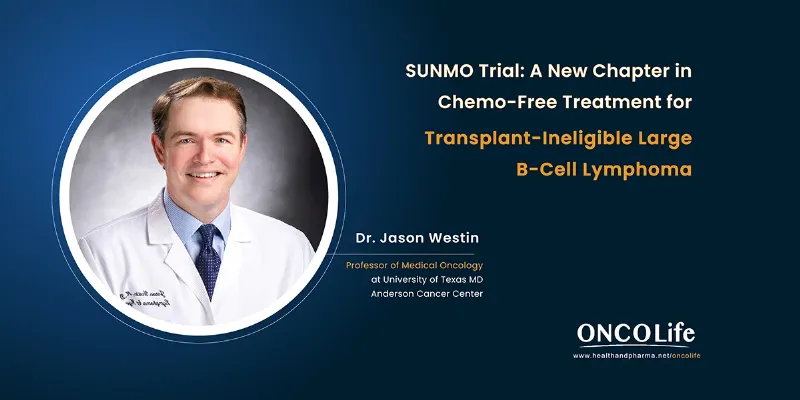
The Phase III SUNMO trial could mark a breakthrough for transplant-ineligible patients with relapsed or refractory large B-cell lymphoma. In this ONCOLife interview, we spoke with Dr. Jason Westin, Professor of Medical Oncology and Director of the Lymphoma Clinical Research Program at the University of Texas MD Anderson Cancer Center about the SUNMO trial, which tested mosunetuzumab plus polatuzumab vedotin in this challenging patient population. You can follow this interview on LinkedIn by this link:>>>
This chemotherapy-free combination significantly improved progression-free survival and response rates compared to R-GemOx, with a manageable safety profile and potential for outpatient use.
Some of the key topics in this interview include:
- Could you share a brief overview of the current landscape for transplant-ineligible relapsed/refractory large B-cell lymphoma, including the challenges patients face—such as time to therapy, toxicity, and access—and the standard treatment options?
- SUNMO trial is the first positive phase III study in this population without conventional chemotherapy and showed a 59% reduction in risk of progression or death vs R-GemOx. What is the clinical significance of this effect size for transplant-ineligible relapsed or refractory large B-cell lymphoma, and how should clinicians interpret it alongside other active second-line options?
- How do the CD20×CD3 T-cell engager mosunetuzumab (Lunsumio) and the anti-CD79b antibody–drug conjugate polatuzumab vedotin (Polivy) work together, and why might this combination be effective for people with relapsed/refractory large B-cell lymphoma? Could you briefly explain the mechanism and the science behind it?
- Subgroup analyses showed a consistent progression-free survival benefit, including in patients with primary refractory disease. Which clinical or biological subgroups do you think stand to benefit most, and are there any phenotypes where the signal was less pronounced?
- Could you share some information on the safety profile and adverse events of this regimen? How do you advise clinicians to manage cytokine release syndrome, cytopenias, and peripheral neuropathy in routine practice?
- Objective response rates and complete response rates improved significantly (ORR \70%; CR \51%), and \73% of complete responders remained in remission at 12 months. What do we know about durability beyond the first year, and do you foresee MRD/ctDNA being incorporated to guide treatment cessation or surveillance?
- Looking ahead, what are the next steps for this combination—such as further studies, new patient groups, or earlier-line use—and how do you see its role evolving in the treatment landscape over the next few years?
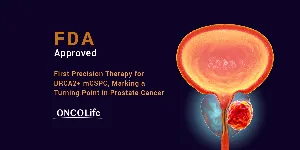
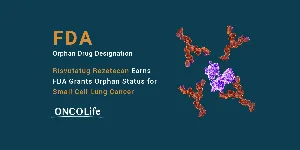

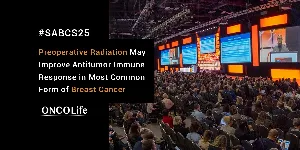
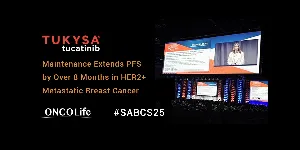
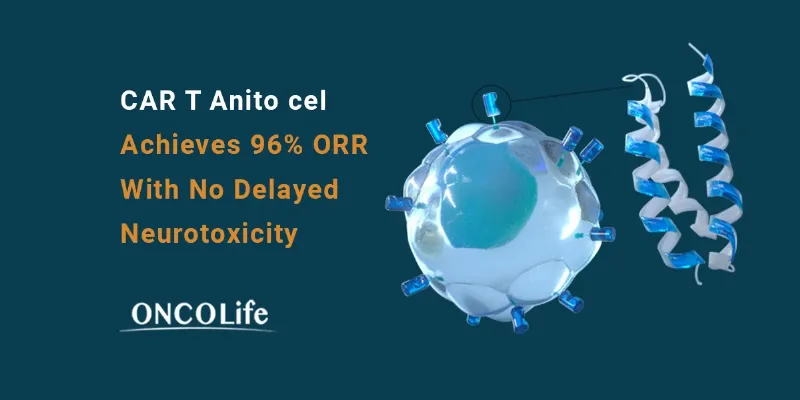
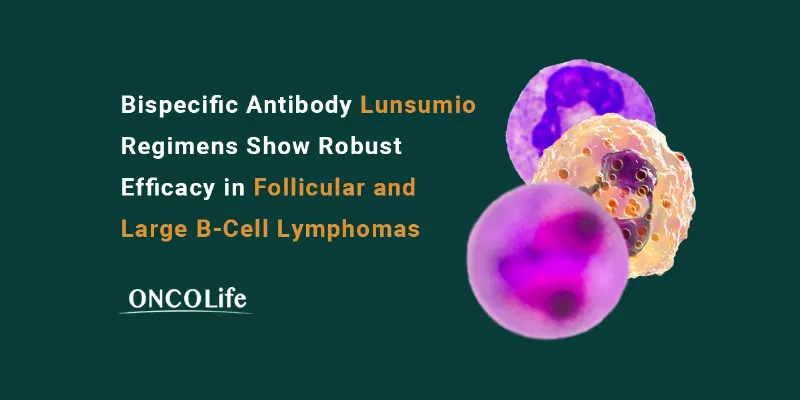
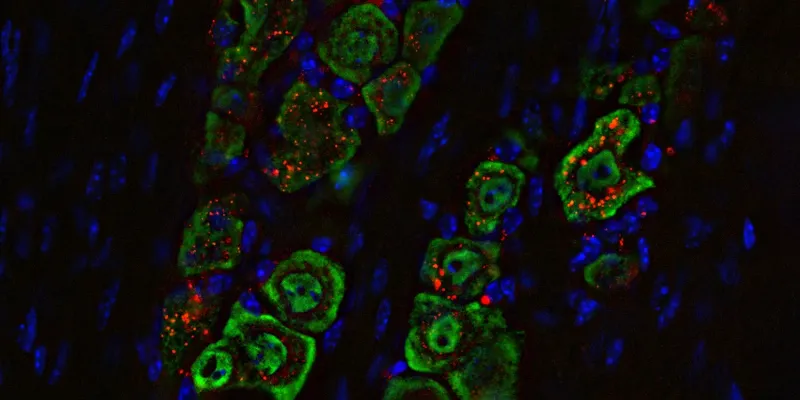

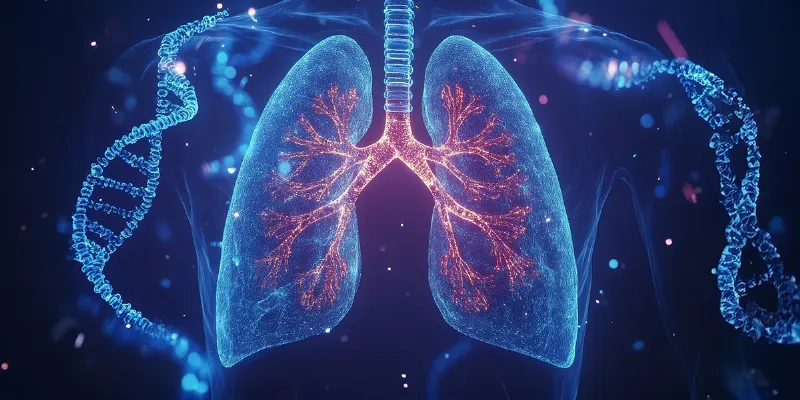
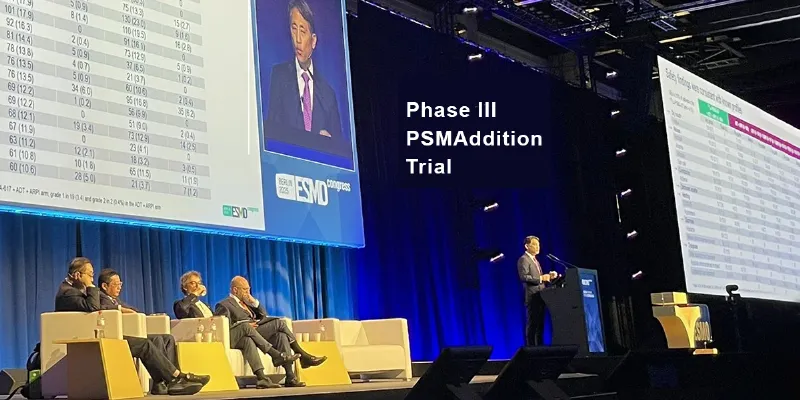
Comments
No Comments Yet!